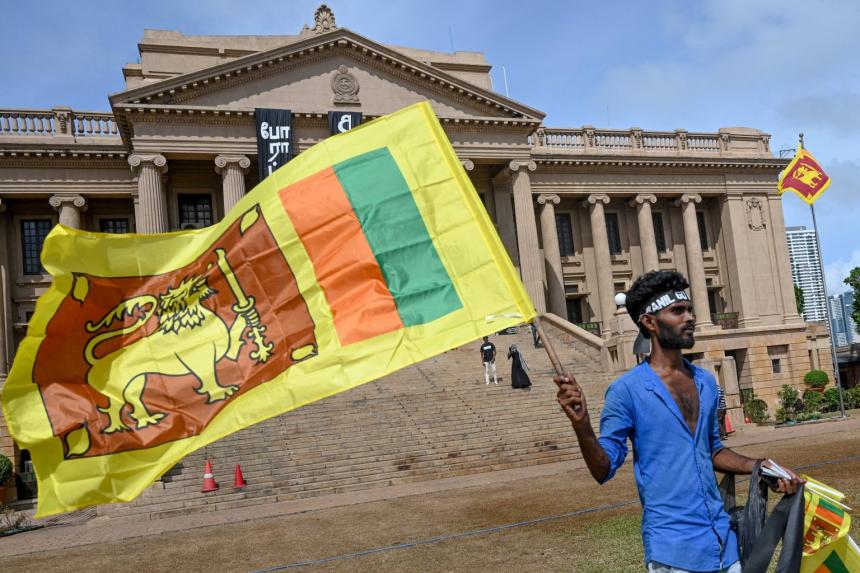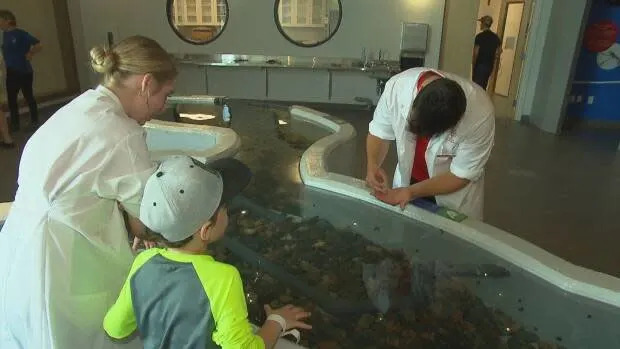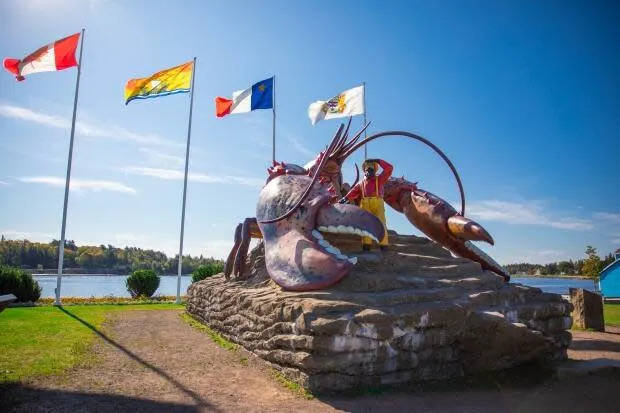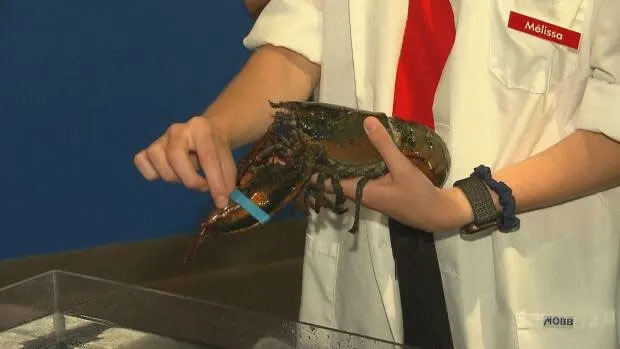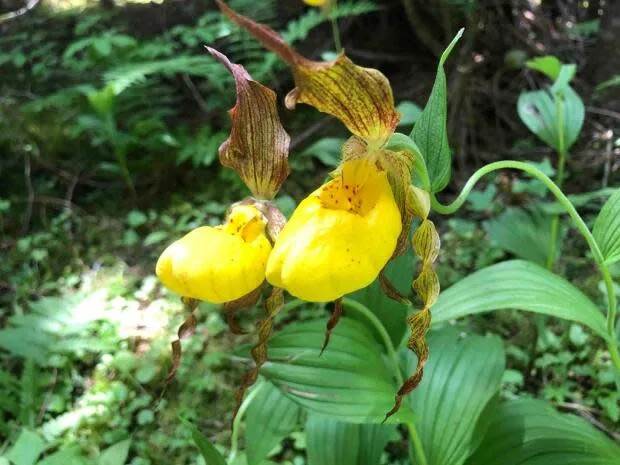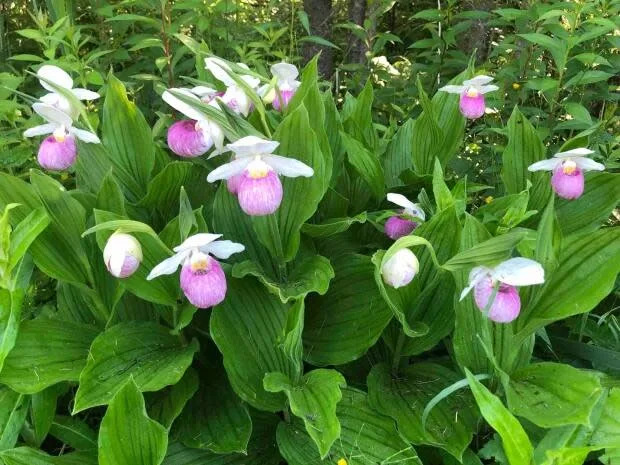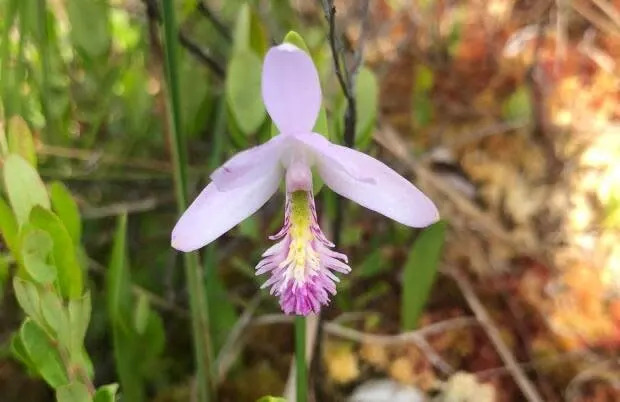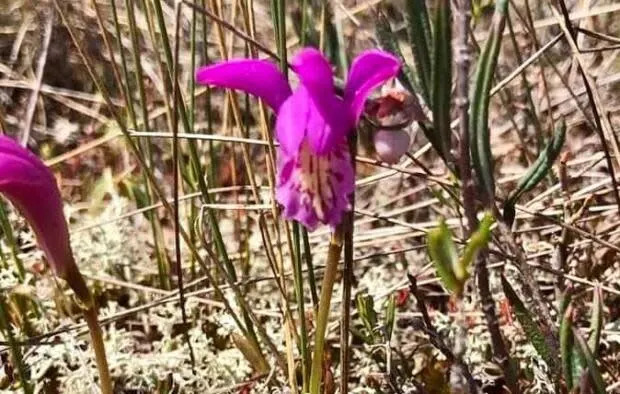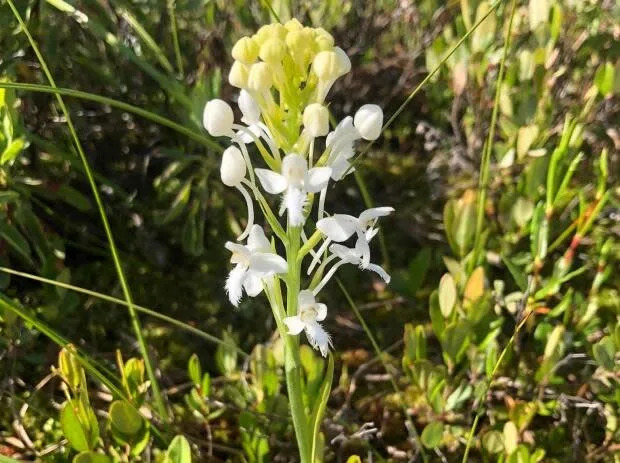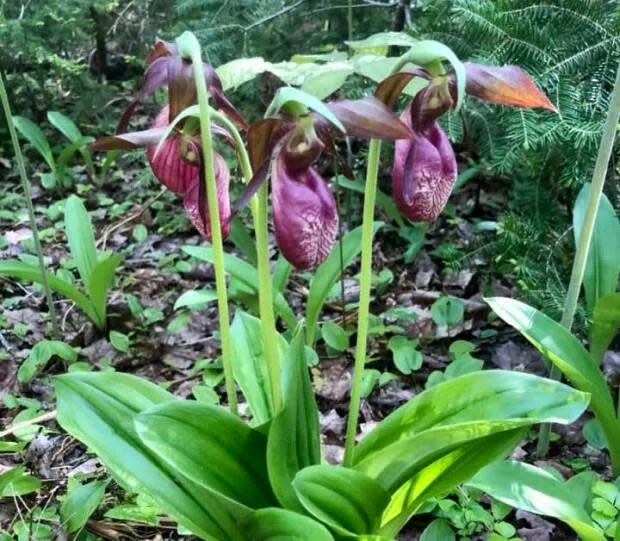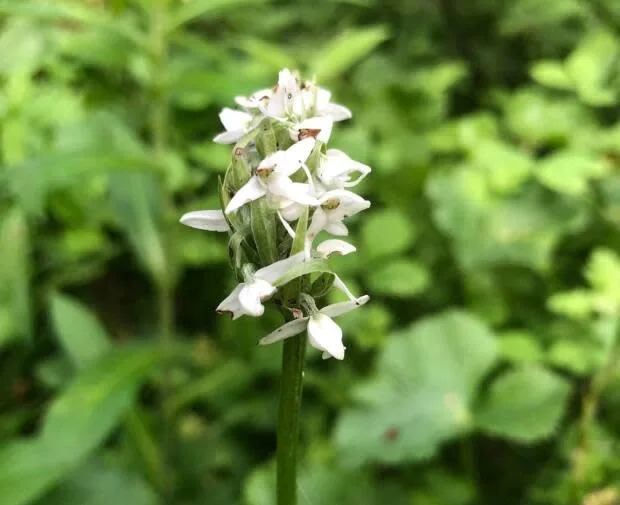
New Long COVID Treatments: Mostly Questionable – OpEd
With many millions of long COVID victims there clearly is a huge need and potential market for treatments.
The latest data will be reviewed. But the issue of how long COVID is defined is critical to evaluating the quality of research articles. The core problem is there are a large number of symptoms hitting most victims. Does a specific treatment work effectively for most or even all of them? If it only works for one of two, is it really a success? Are relief of symptoms permanent?
The definition problem
Imagine that a long COVID solution is hard to imagine unless the illness is well defined. A great article was titled “Experts Urge Caution in Rushing to Define Long COVID.” It noted that “Specific definitions may overemphasize certain symptoms, harming those who don’t fit the bill.”
It correctly noted that long COVID “is a rapidly emerging health crisis across the U.S. and abroad.” CDC and WHO have been useless in this area. More significantly: “Medical societies have taken a more clinical swing at defining long COVID in an effort to improve patient care. The American Academy of Physical Medicine and Rehabilitation has listed 50 different symptoms that could be related to long COVID.”
Also: “Still, researchers and clinicians working to understand long COVID are no closer to identifying clear definitions for diagnosing or treating the condition. The absence of a clearly outlined algorithm for long COVID might be frustrating for physicians and their patients, but experts agree that rushing to define long COVID could present a slew of new challenges.”
Another good point: “Should researchers focus on setting a specific number of days a person experiences fatigue after an acute COVID infection? If so, what should those ranges look like — fatigue after 30 days?”
Also: “Another emerging insight into long COVID is the probability that it is more than just one syndrome.” … “researchers will need to focus on developing not just one definition, but multiple definitions, each with clinically relevant algorithms and guidelines to help clinicians work through each version of long COVID.”
David Putrino, PhD, the director of rehabilitation innovation at Mount Sinai Health System in New York City, has made the point that there are probably 10 to 15 different causes of long COVID, which is why waiting to develop clinically meaningful definitions is critical for the sake of long COVID patients.
“The first interaction that most people with long COVID have with medical professionals is with their primary care provider; their primary care provider has 15 minutes to work with them, which is just not nearly enough time,” Putrino noted.
Putrino emphasized that the risks from narrowing the definition would be entirely placed on patients who struggle to get the proper care to treat their unique symptoms. A definition that excludes even a small number of patients would be a critical mistake in the effort to address this crisis, he said.
“What we should be doing right now, given how hard it is to receive care, is we should be keeping the definition necessarily broad,” he stressed. “We should be counting everybody, and we should be saying this is the number of people nationwide who have persistent symptoms.”
COVID vaccines
Put aside the view held by some that COVID vaccines may cause long COVID because they place spike proteins in the body. Another, probably wider view, is that COVID vaccines can help prevent long COVID. Two recent medical research articles attempt to make that case. But they fail to accomplish that goal. But pro-vaccine advocates may keep pushing the view. Millions of long COVID victims failing to find effective treatments or cures may eagerly embrace the idea that COVID vaccines and boosters offer help. Nothing more than false hope.
NBC News ran an article “Vaccines offer little protection long COVID study finds.”
“The COVID vaccines… offer little protection against long Covid, according to research published …in the journal Nature Medicine. The findings are disappointing, if not surprising, to researchers who were once hopeful that vaccination could significantly reduce the risk of long Covid. Compared to an unvaccinated individual, the risk of long Covid in a fully vaccinated individual was cut by only about 15 percent, the study found.”
“Dr. Ziyad Al-Aly, a clinical epidemiologist at Washington University in St. Louis and the lead author of the study. But said they “offer very modest protection against long Covid.”
Another recent article did not make a strong case for using vaccines to treat long COVID. Especially important was the absence of specific symptoms, which were self-reported by participants.
Looking for another market for Paxlovid
Unimpressive work was reported. Paxlovid was used in two people to treat symptoms of long COVID.
Case One: This was a 47-year-old woman had symptoms of ill health such as fatigue and body pain that persisted. 6 months after initial infection. Her symptoms of long COVID resolved while on the medication. It was reported that within 3 days of taking the prescription, her symptoms lessened, and she was back to normal. No information on other symptoms or the length of the “cure.”
Case Two: This woman had developed headaches, insomnia, and chronic fatigue quickly and these persisted for 4 months even as she kept testing positive for viral persistence. She reported reduced symptoms before the end of her 5-day treatment. She also recounts that her fatigue was completely cleared two weeks after completing the treatment. But was this “cure” permanent?
The most innovative treatment
A recent article reported on an investigation reported by The BMJ and ITV News. What makes this treatment especially interesting is that it is based on the theory that has always appealed to me that the basic cause of long covid are micro blood clots. However, no extensive data have been reported on treatment success.
The important role of micro blood clots, including their formation, composition and impacts are detailed in this excellent review: A central role for amyloid fibrin microclots in long COVID/PASC: origins and therapeutic implications.
Here are some main points made by MedPage Today.
“With long COVID patients becoming increasingly frustrated with the lack of available treatments, some have now taken to traveling to Cyprus, Germany, and Switzerland for experimental ‘blood washing'” according to a recent investigation by The BMJ and ITV News.”
“Over the past year, people experiencing this often debilitating condition have visited private clinics for apheresis, a blood filtering treatment normally used for patients with lipid disorders, where they are also given anticoagulants, citing the hypothesis that “symptoms of long COVID are caused by small clots in the blood that are blocking the flow of oxygen through capillaries,” wrote Madlen Davies, investigations editor for The BMJ.”
“With long COVID patients becoming increasingly frustrated with the lack of available treatments, some have now taken to traveling to Cyprus, Germany, and Switzerland for experimental “blood washing,” according to a recent investigation by The BMJ and ITV News.”
“Over the past year, people experiencing this often debilitating condition have visited private clinics for apheresis, a blood filtering treatment normally used for patients with lipid disorders, where they are also given anticoagulants, citing the hypothesis that “symptoms of long COVID are caused by small clots in the blood that are blocking the flow of oxygen through capillaries,” wrote Madlen Davies, investigations editor forThe BMJ.”
“In addition to the experimental nature of the treatment and its potential expense, some experts have expressed concerns about the lack of follow-up care for patients after they leave these clinics, Davies noted. Anticoagulation should be given by clinicians who regularly follow up with patients, Amitava Banerjee, MBChB, a cardiologist in London and long COVID researcher, told The BMJ. Bleeding could present as something as mild as bruising or nosebleeds, or could be severe, such as a brain hemorrhage.”
“I’m concerned that this has been pushed in a vulnerable group,” Davies said.
Conclusion
The millions of suffering long COVID victims have limited reason to be optimistic about effective treatments. We can only hope that hard work and great medical research along with the profit motive may eventually produce sound, reliable treatments. If there is more than one cause for long COVID and several forms of the disease, then likely more than one universal effective treatment will be needed.
Dr. Joel S. Hirschhorn, author of Pandemic Blunder and many articles and podcasts on the pandemic, worked on health issues for decades, and his Pandemic Blunder Newsletter is on Substack. As a full professor at the University of Wisconsin, Madison, he directed a medical research program between the colleges of engineering and medicine. As a senior official at the Congressional Office of Technology Assessment and the National Governors Association, he directed major studies on health-related subjects; he testified at over 50 US Senate and House hearings and authored hundreds of articles and op-ed articles in major newspapers. He has served as an executive volunteer at a major hospital for more than 10 years. He has been a member of the Association of American Physicians and Surgeons, and America’s Frontline Doctors.

Joel S. Hirschhorn was a full professor at the University of Wisconsin, Madison and a senior official at the Congressional Office of Technology Assessment and the National Governors Association; he has authored five nonfiction books, including Delusional Democracy – Fixing the Republic Without Overthrowing the Government.
